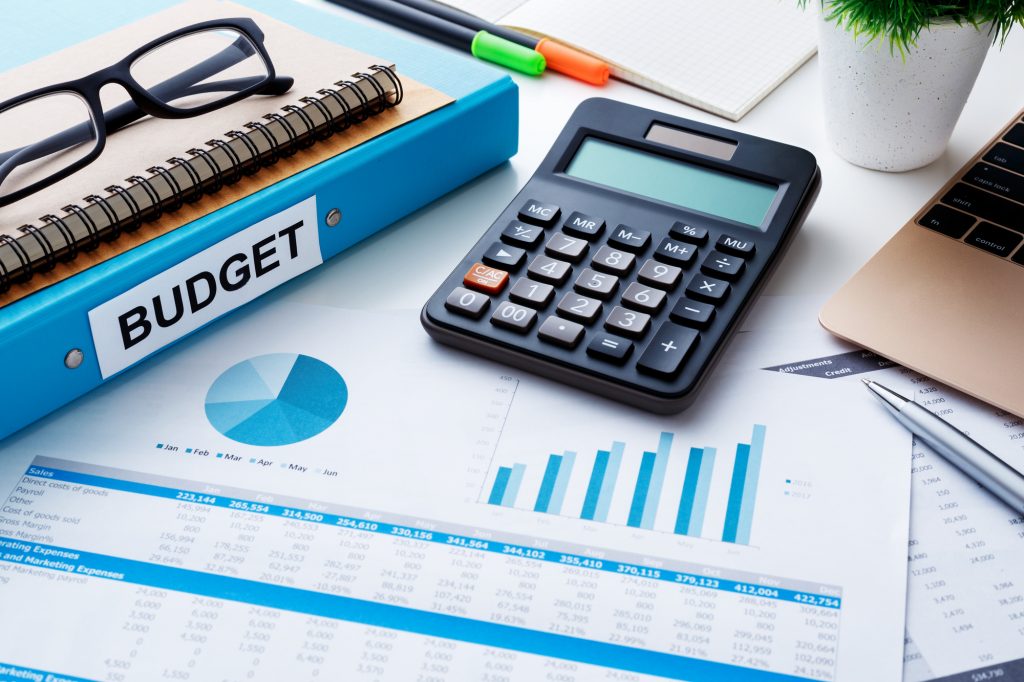How to Create a Household Budget (And Stick with It)
Did you know that only one-third of Americans prepare a household budget every month?
This might surprise many Americans, as it shows how many people don’t do household budgeting.
A simple explanation for this – people simply don’t know how to create a household budget.
By creating a family budget, you make sure you manage your money effectively. This allows you to control what you’re spending, pay off any debts, while also saving money for the future.
Unless you know exactly what’s coming and out of your bank account every month, you can’t possibly manage your money effectively.
That’s why we’ve put together this guide on household budgeting. Let’s take a look at how you can budget better. But also, more importantly, stick to it once you’ve started.
1. Starting Your Budget Plan
The first step in how to set up a budget is starting your budget plan.
You have to decide whether you prefer a paper worksheet or you want to manage your budget digitally. There are many apps to help you with creating a budget. But for many people, there’s nothing like a pen and paper for organizing your expenses.
Once you’ve found the best way for you, it’s time to fill in the blanks.
2. What’s Coming In?
The first part of creating a household budget is determining what’s coming in. In other words, what’s your income? For most people, this is made up of your monthly salary.
It’s best to only include reliable sources of regular income. For example, if you occasionally pocket some cash for selling your arts and crafts or for selling your homemade jam, don’t include this in your budget template. Instead, you might want to include child support or alimony payments.
This could create a problem if you’re self-employed or freelance. After all, this could mean that your income changes from month to month. If this is the case, you need to calculate your average monthly income.
3. What Do You Spend?
Now that you’ve estimated how much you have coming in every month, it’s time to work out how much you’re spending. While some of these expenses are probably fixed amounts, others can vary significantly from month to month.
Fixed expenses include your outgoings, such as paying your rent or mortgage. However, your utility bills and the amount you spend on groceries can vary. This makes the fixed expenses easy to list.
Whereas, when it comes to the expenses that vary a lot, you need to include the maximum amount you spend per month. For example, if one month you spend $570 on food while the next month you spend only $450 on food, you might want to estimate that you need up to $600 per month to spend on groceries.
If you’re struggling to estimate the amounts, you can use your bank statements to find out how much you’re spending and on what.
There might also be some expenses that only apply every few months. For example, getting your hair done.
It’s important to include these as monthly expenses. This way you know whether you can afford them or not.
4. What’s Your Net Income?
Your net income is the amount you’re left with after you’ve subtracted your expenses from your monthly income.
It’s really important to make sure this is a positive number. After all, if it’s negative, this means you’re spending more than you have.
It doesn’t matter whether the answer is negative or positive, it’s important to include it in your household budget nonetheless.
5. Adjust Your Expenses Accordingly
If your net income is positive, then you don’t necessarily need to adjust your expenses. However, if it’s negative, you need to do something about your monthly outgoings.
Where to start with adjusting your expenses?
It’s much harder to adjust your spending when it comes to fixed amounts, such as rent or mortgage payments. That’s why it’s best to adjust the expenses that vary significantly from month to month.
For example, you may have an expensive hobby that you could cut down on. Or, if you spent too much on alcohol last month, that’s something you want to watch out for. This might even call for drastic measures like quitting your gym membership or walking to work instead of getting the train.
If you’re really finding it difficult to adjust your spending. Perhaps you need to divide your expenses into the following groups:
- Things I Need
- Things I Want
This might help you distinguish between what you have to spend and what you choose to spend your money on. Nobody said that budgeting would be easy.
Furthermore, if you simply can’t adjust your expenses any more than you already have done, it could be necessary to take out a loan with Quickle Loans so that you can afford to pay your bills.
6. Monitor Your Spending
Your household budget is set up. Now it’s time to monitor your spending throughout the month. It’s important to see whether the actual amount you’re spending matches your estimation.
You might find out that you spend a lot less on drinking coffee out than you thought. But you might also discover that you underestimated the cost of gas bills.
By monitoring your monthly spending, you can make sure you’re not overspending. It also means that you can spend money on your hobbies without feeling guilty anymore.
How to Create a Household Budget
Now you know how to create a household budget. With so many different outgoings, it can be difficult to track how much you’re spending every month.
By making sure you have everything down in your budget plan, you can manage your money without a problem.
If you want to read more articles like this one, check out our blog.

